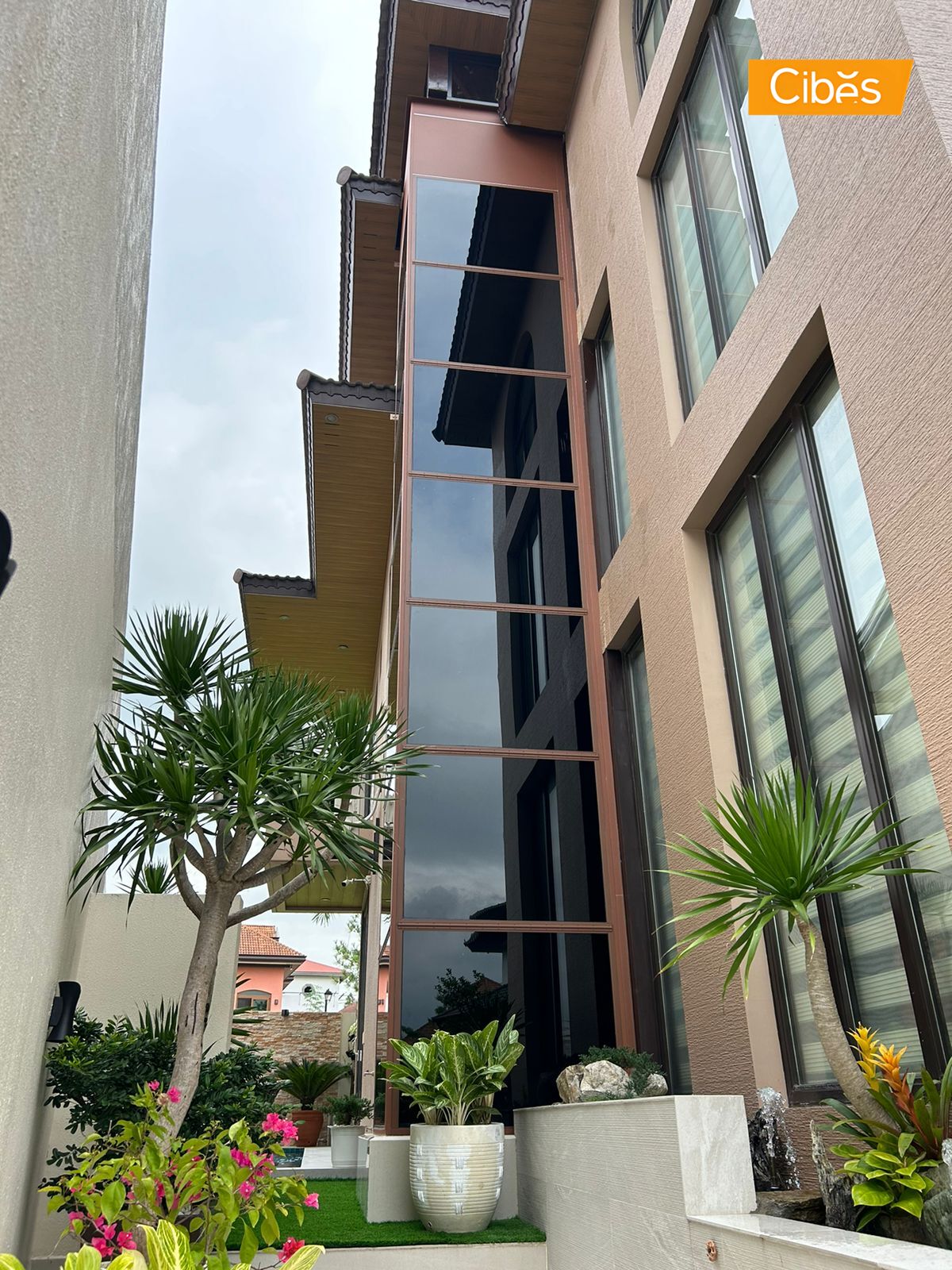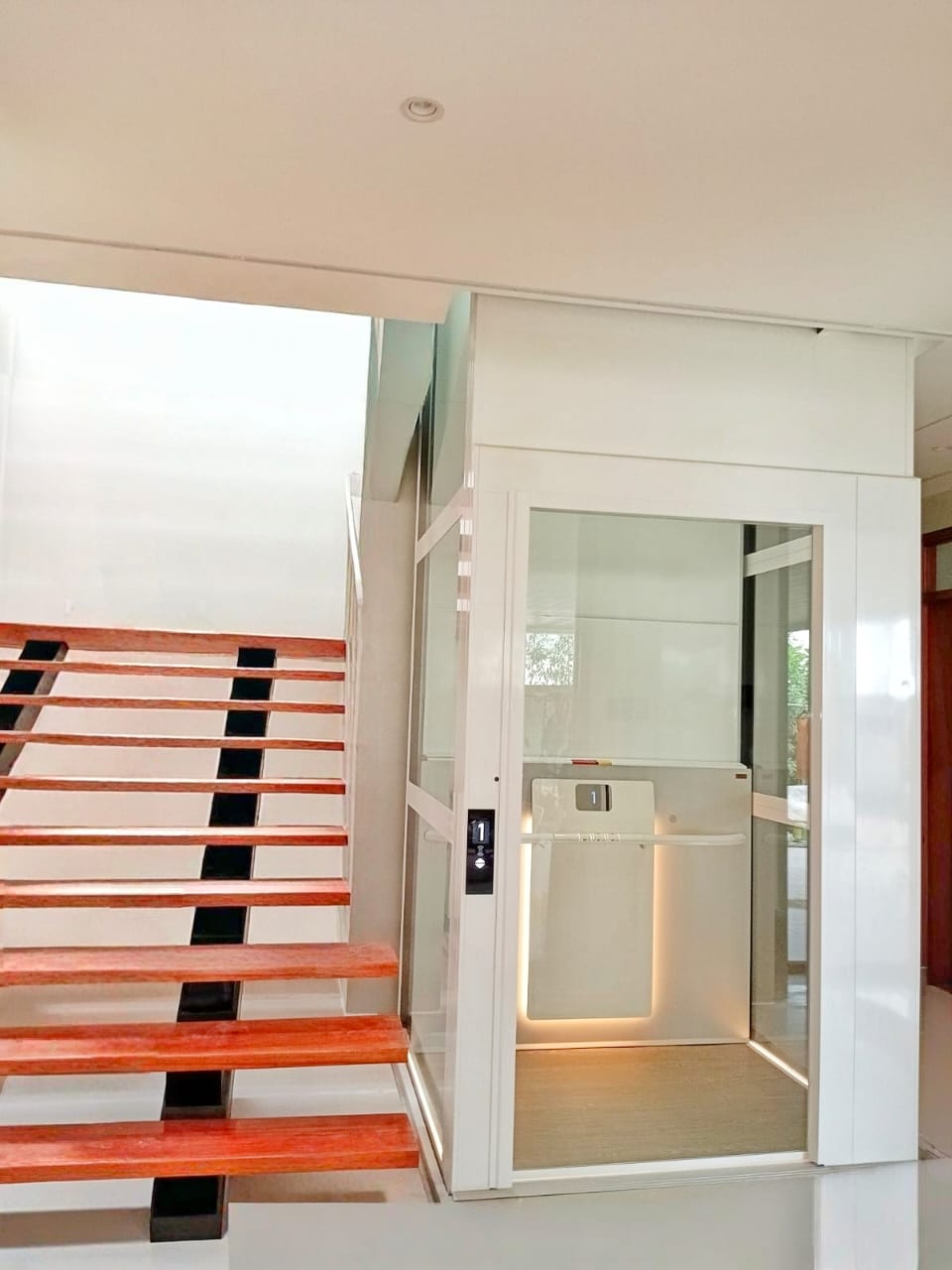Blog - 06/10/2025
Retrofitting a Compact Home Lift in Small Homes: Step-by-Step Guide for Tight Spaces
You adore your warm two-story home, but those stairs are getting to feel like they’re controlling your life. Perhaps you’ve been checking out home elevators and just hit dead ends of information about giant installations that appear to be tailored to mini mansions. Here is something no one is saying: small elevator systems specifically made to fit small homes do exist and come in far smaller space requirements than you might believe.
You’re likely already wondering whether your house has enough space to accommodate an elevator, and what installing one would entail, such as gutting walls or sacrificing entire rooms. Good news: Contemporary small elevator technology has completely redefined what is achievable in tight situations.
Step 1: Evaluating Your Space (It’s Larger than You Imagined)
Before you assume your house is too small, let’s talk about what modern compact elevators actually need. Forget those massive elevator shafts from office buildings; residential systems work completely differently.
Walk through your house and sift through those potential zones: unused closets (especially those near stairways), unused corners of large rooms that do not quite make good use of space, areas below or beside staircases, or even parts of large hallways.
Here’s a real example (fictional but totally realistic):
The Garcia family thought their 1,200 square foot townhouse couldn’t possibly accommodate an elevator. Turns out, there was a perfect spot where their front hall coat closet met an unused corner of the dining room. Combined, it was just enough space for a compact system, and they actually gained storage by reorganizing around it.
Vertical space is also required, but typical residential 8-10 foot ceilings suffice in most residential units. Shafts are framed from floor to floor, and new systems fit within typical residential construction.
Step 2: Choosing an Adequate System for Compact Areas
Not all residential elevators are created equal, and this is especially true if space is limited. You require systems that have been engineered to fit small residential installations.
Cable systems are less space-consuming than hydraulic systems, which require additional space to accommodate their machinery. Cable system machinery is relatively small in size and can be a part of the shaft itself.
Be realistic about your requirements. A 2-3 person elevator is typically suitable for small houses. It provides sufficient space for daily access, wheelchair access if required, and moving groceries or washing if you don’t want to use much floor space.
Enclosed or platform type? Less space-intensive but less decorative are platform lifts. Enclosed lifts appear more finished and suit better from a visual point of view but use a little extra space.
Step 3: Handling the Space Disruption During Installation
Staying in a small house while installing is a matter of some planning but absolutely doable.
Dust and noise are realities, but professional installation crews minimize both. They’ll use dust barriers, clean up daily, and schedule noisy work during reasonable hours. It’s disruptive but not unbearable.
Plan for temporary loss of closet or storage space if that’s where the elevator is going. Shift those items somewhere else before installation begins, so you’re not scrambling during the process.
Step 4: Electrical and Structural Issues
Smaller dwellings will occasionally have older wiring that will affect elevator installations. Residential current is used to drive most new small-space compact elevators, but your panel will sometimes have to be strengthened to safely support the new load.
Strengthening of a structure would be a minor component of new construction work, but could be a major component of an in-use structure. Floor joists may need to be strengthened to bear extra load, and walls could be strengthened wherever the shaft will bear against.
Step 5: Incorporating Designs into Constricted Areas
Aesthetics is even more important where space is small because it is all that is visible, and you cannot conceal an awkward intrusion.
Glass-enclosed elevators look stunning in narrow configurations because rooms do not appear to shrink in size. They have floor-to-floor visual circulation and even make small houses appear larger.
Match up finishes to your current style. Modern minimalist house? Opt for slim metals and simple lines. Old house? Wood finishes and timeless details make the elevator blend instead of standing out.
Interior lighting of elevator cabs can really make a difference in small areas. Elevators that are well-lit appear to be larger and more attractive and fewer utility boxes.
Making It Work in Your Small Home
If you are considering this upgrade, schedule appointments through those businesses that do small residential work systems. They will make a trip to your facility and show you alternatives that you didn’t even know that you would be wanting.
You do not necessarily have to limit your usability or mobility only because you have a small house. Sometimes, a small room is more effective through technology than a much larger room.
Updated: October 21, 2025 Choosing a home elevator can feel daunting with so many technologies, costs, and installation needs to weigh—especially in the Philippines, where multi-story urban homes in cities like Manila and Cebu are on the rise. With an aging population (over 7% of Filipinos are 65+, per PSA 2025) and compact living spaces […]
5 Key Facts About Home Lifts for Wheelchair Access When most people think of a home lift, they imagine a luxurious enclosed cabin with sleek finishes. But for households with specific accessibility needs, there’s another solution that has been growing in popularity: platform-style home lifts. You might have seen them in offices or public spaces, […]
Why Choose a Glass Home Lift for Your House? Key Benefits Revealed When you think of home lifts, you probably imagine a small metal box. Glass home lifts, however, are absolutely worth considering and not just because they are beautiful. Installing a standard home lift often means bringing a bulky structure into the middle of […]
Introduction Since opening in the Philippines in 2016, Cibes Lift Philippines has been redefining modern living with world-class Swedish home lifts. Built with Scandinavian engineering and trusted in more than 70+ countries, Cibes home lifts combine style, safety, and practicality. In the Philippines, families can now explore these lifts firsthand in our strategically located showrooms […]
You adore your warm two-story home, but those stairs are getting to feel like they’re controlling your life. Perhaps you’ve been checking out home elevators and just hit dead ends of information about giant installations that appear to be tailored to mini mansions. Here is something no one is saying: small elevator systems specifically made […]





















